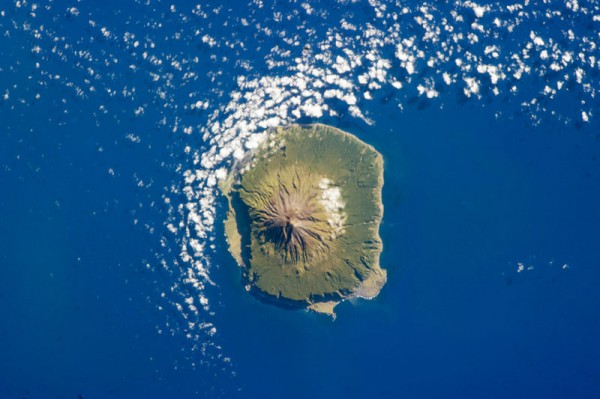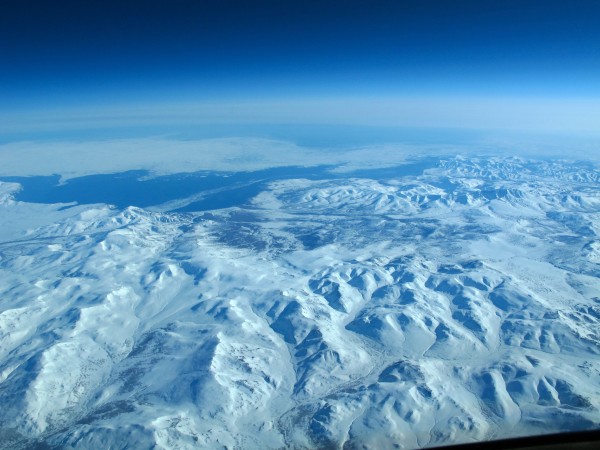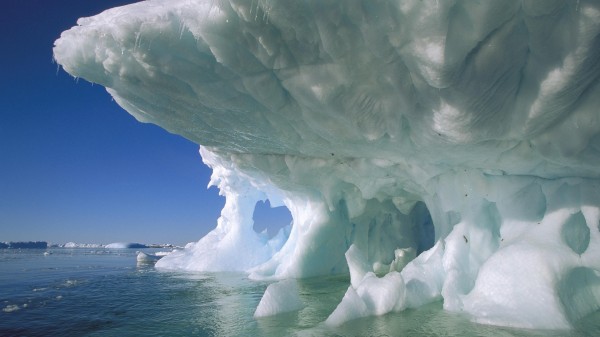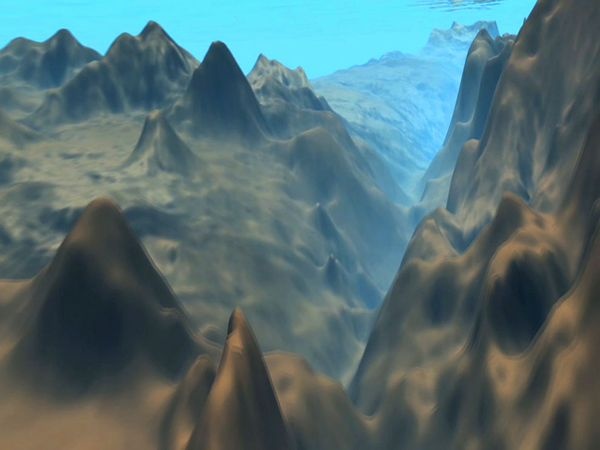5. Tristan da Cunha

Tristan da Cunha is considered one of the most isolated island archipelagos in the world. The nearest mainland country is South Africa, and the main island is a mere 7 miles across. Many of the outlying islands have not been thoroughly explored. These islands are so remote that one is even named Inaccessible Island. True to its name, there have been at least three shipwrecks off of Inaccessible Island’s shores. Many seals, including the mammoth elephant seals, share the islands’ beaches with a plethora of shore birds and waterfowl. The archipelago sits atop the Tristan hotspot, an area responsible for volcanic activity that forms the islands in the southern Atlantic Ocean. The climate is generally mild (never too hot or too cold), but the islands are susceptible to powerful oceanic storms with high winds capable of wholesale destruction.
4. Northeast Siberia (and the Kamchatka Peninsula)

Ok, truth be told, both Northwest and Northeast Siberia could warrant their own separate spots on this list. However, Northeast Siberia seems just a bit more barren and devoid of travelers. The whole of Siberia is vast— it is responsible for over 70% of Russia’s land space—yet holds under 30% of Russia’s total population. The local human population is stunted due to unforgiving landscapes and wintry weather. Much of the human presence is due to the ever-growing search for oil. Basically, Northeast Siberia is an even sparser traveled track of land in a sparsely populated slab of continent. While a little over 300,000 inhabitants live on the eastern Kamchatka Peninsula, tundra and mountains dominate a wilderness vacant of people. This area is so remote that it is often rumored that governmental penal colonies are still hidden away in its recesses.
3. Gangkhar Puensum, Bhutan

Gangkhar Puensum (“Three Mountain Siblings”) is foremost among the world’s tallest mountains that have yet to be summited. This area, which borders Tibet, China, and Bhutan, is so remote that it even lacked proper mapping until recently. Climbing high-altitude mountains in Bhutan has been banned since 1994 due to spiritual beliefs. This means that potential explorers face the difficult prospect of navigating Chinese politics. As recently as 1998, permission had been granted to an expedition from Japan only to be subsequently removed. The group eventually climbed one of the lower mountain peaks from Tibet. Border disputes in this untamed area are common. Political, social, spiritual, and (of course) geographic issues continue to keep the top of Gangkhar Puensum untouched by man.
2. Antarctica

Heavy winds, subfreezing temperatures, ice fields, ice bergs and thrashing waves—all these hazards are just on the way to Earth’s least explored continent. Antarctica is the white behemoth of the exploring world. For many, our perception of Antarctica is of a giant ice cube. It sure is impressive, but we wouldn’t want to hang around long. To explorers and researchers, though, the white landscape is marked with a variety of different features and possibilities. No one, however, lives here permanently. It is the distinct promise of discovery that has scientists spending yearlong assignments getting to know this mysterious place. There a few vertebrate species of fauna living in Antarctica such as the snow petrel (the southernmost breeding bird in the world) and the rotund, photogenic emperor penguins. In contrast, there are many species of microscopic varieties and also a wide variety of oceanic life. As the global temperatures continue to increase, more and more tourists are finding themselves surprised with unusual warmth and the lack of snow in some areas.
1. Mariana Trench

The most unexplored area in the world is, beyond a doubt, the deep sea trenches of the world’s oceans. Perhaps none is as famously unexplored as the Mariana Trench in the western Pacific Ocean (near Guam and the Mariana Islands). Reaching an estimated 1580 miles (2550 km) long and a mere 40 miles (60 km) wide with a depth of nearly 7 miles (11 km), the Mariana Trench is truly a window into our deepest curiosities. Since the 1870’s, when researchers began sounding the trench by hand, people have been refining techniques to best map every niche in this part of the deep blue. The video still above is an animation of the Mariana Trench, courtesy of NOAA. In 2011, a US Navy hydrographic ship mapped the entirety of the trench using a multibeam echosounder. Exactly what forms of life inhabit the deep sea remains a mystery, but some creatures have been observed. Included in these findings are single cell (that is right, stuff usually saved for under the microscope) organisms up to 4 inches long.